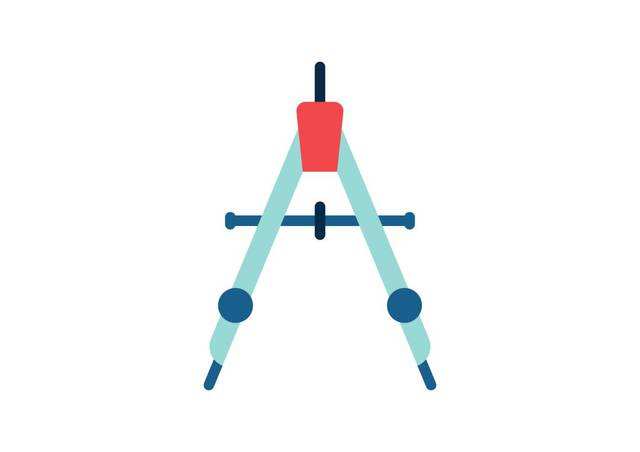How to use the Force of Nothingness in Space to Manipulate Objects
Scientists can use some forces to manipulate materials. There's acoustic tweezers, which use the force of acoustic radiation to control tiny objects. Optical tweezers made of lasers exploit the force of light. Not content with that, now physicists have made a device to manipulate materials using the force of… nothingness.

To make it clear, when we say “nothingness”, the void of space is not really nothing. There is a force from space itself in the vacuum. It is generally believed that it is this kind of spatial tension that opposes the gravitational force in the universe and causes the universe to accelerate its expansion. To be more specific, scientists use the attractive force that arises between two surfaces in a vacuum - known as Casimir force.
This new research not only provides a method to use it for non-contact object manipulation, but also provides means of measurement. The implication span multiple fields, from chemistry and gravitational wave astronomy all the way down to something fundamental – the science of measurement.
Michael Tobar, a physicist at the University of Western Australia, explained: “If you can measure and manipulate the Casimir force on an object, then we will be able to increase the sensitivity of the force and reduce mechanical loss, with the potential to impact the future direction of science and technology."
The Casimir force was first predicted in 1948 by the Dutch theoretical physicist Hendrik Casimir and was experimentally proven in 1997.
Casimir predicts that due to contrast in quantum fluctuations in the electromagnetic field, there will be a weak attractive force between two conductive plates in a vacuum.
Tobal said: "To understand this, we need to delve into the weirdness of quantum physics. In reality, there is no perfect vacuum - even in empty space of absolute zero, virtual particles will flick in and out of existence. These fluctuations interact with objects placed in vacuum and are actually enhanced in magnitude as temperature is increased, causing a measurable force from ‘nothing’ – known as the Casimir force."

The experiment was carried out at room temperature. They used a miniature metal enclosure designed to confine certain kind of electromagnetic radiation, referred to as a microwave re-entrant cavity. Separated from this cavity by a gap of about one micrometre was a metal-plated silicon nitride membrane acting as a Casimir spring. By applying an electrostatic force, the team was able to control the re-entrant gap with exquisite precision. This in turn allowed them to manipulate the membrane with the Casimir force that arose when the gap was sufficiently small.
"Because of the Casimir force between the objects, the metallic membrane, which flexed back and forth, had its spring-like oscillations significantly modified and was used to manipulate the properties of the membrane and re-entrant cavity system in a unique way," Tobal said. "This allowed orders of magnitudes of improvement in force sensitivity and the ability to control the mechanical state of the membrane."
By studying the changes to the membrane, the team can generate high-precision measurements of the Casimir effect. Other studies have used the Casimir forces in less precise ways, such as helping tiny silicon devices keep their distance.
The research was published in "Nature Physics".
OTHER NEWS
-
- How to Cure Auto-Brewery Syndrome
- By Anne 24 Apr,2023

-
- How to see the World’s Most Profitable Dating App From Several Aspects
- By Amanda 24 Apr,2023

-
- Superfungus‘ threatens to wipe out 1/3 of amphibian species in Panama
- By Margaret 24 Apr,2023

-
- Why human beings cannot digest corns?
- By Norma 24 Apr,2023

-
- Hedgehogs increasing popularity in Japan
- By Jennifer 24 Apr,2023

-
- Game Acquisitions Expand Globally in Q1 2021 with 280 Deals Worth $39 Billion Surpassing That in 2020
- By Reynolds 24 Apr,2023

-
- How to Name Genes With Excel
- By Gloria 24 Apr,2023

-
- Cobble, a dating decision-making app, receives $3 million in seed funding
- By Chris 24 Apr,2023

-
- Tom Holland Wants to Be the
- By Melissa 24 Apr,2023

-
- Vaughan Jones, The Geat Mathematician, Has Died
- By Frank 24 Apr,2023

-
- Adele’s First Appearance After Weight Loss
- By Alan 24 Apr,2023

-
- Choupette, Karl Lagerfeld’s Beloved Cat
- By Virginia 24 Apr,2023

 1
1 1
1